Fantastic Plastic: An Exhibition on a Common but Controversial Material | 塑料展
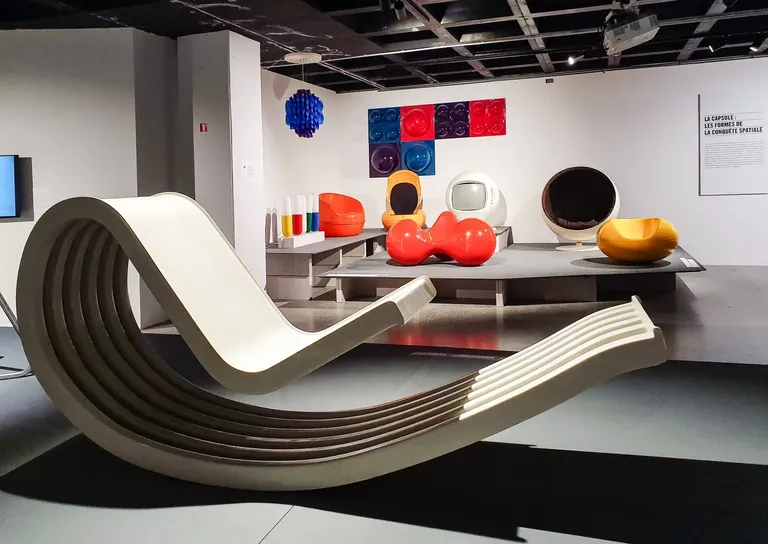
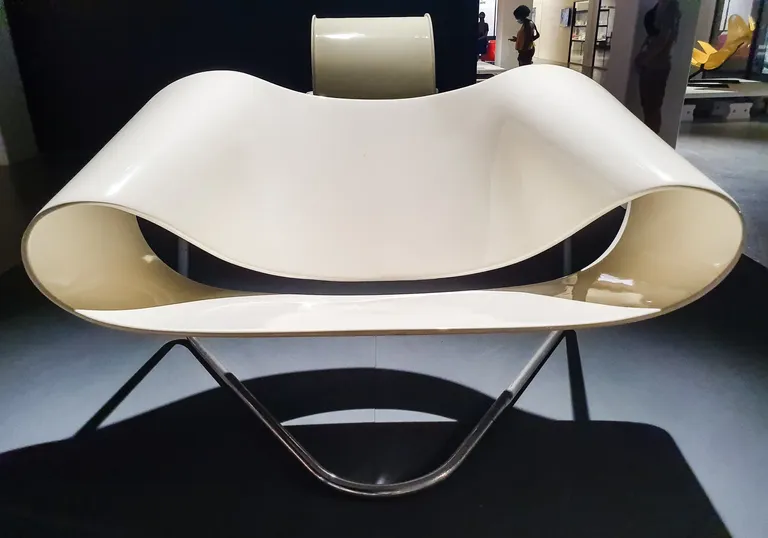

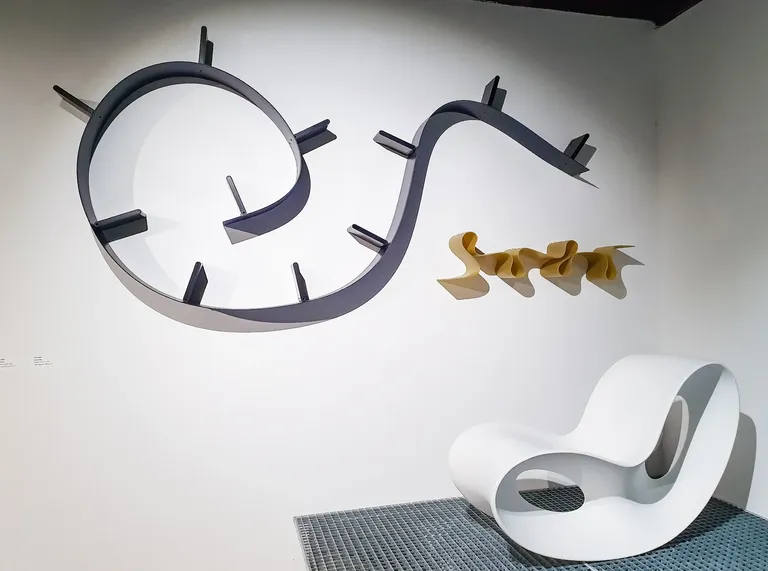
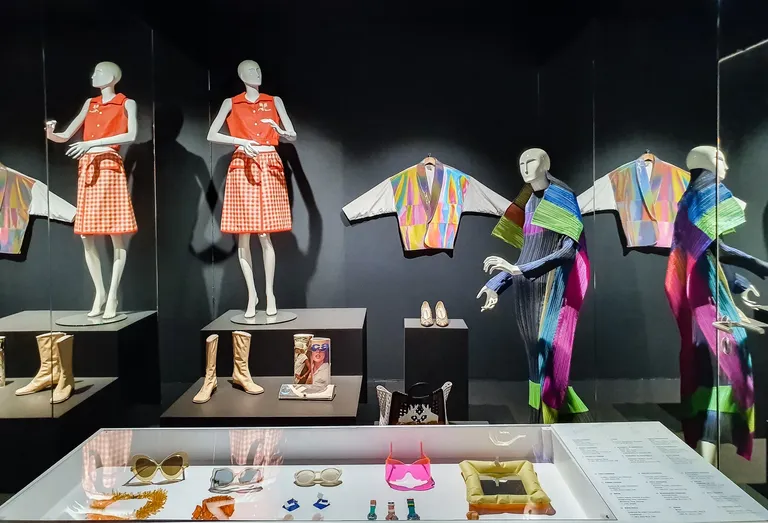
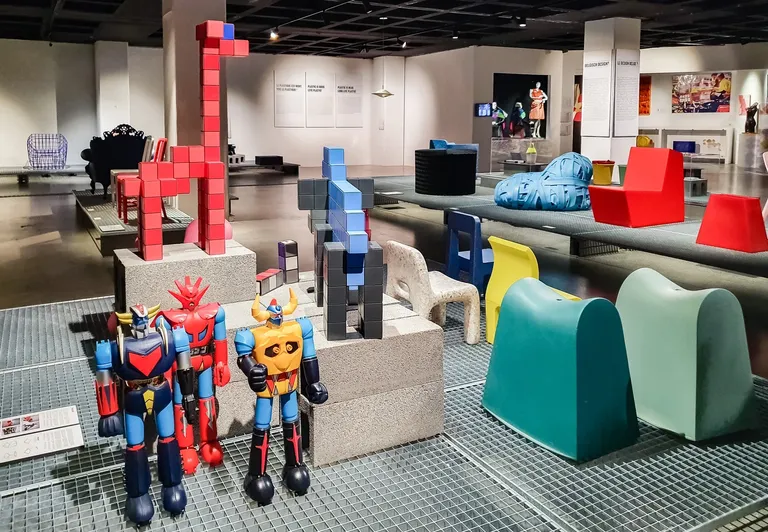

Qurator's Photo Quest this week is Plastic, and I'm remembering an exhibition on this theme at the Brussels Design Museum. So now I'd like to share with you the discoveries I had there. Actually, the plastic items are the backbone of the museum's permanent collection. Most plastic pieces are from Philippe Decelle, a Belgian collector. They are complemented by objects on loan from international museums, galleries, and private collections.
Plastic, "that cheerful, unpretentious creative marvel of popular design," is celebrated in this collection. It spans decades and features iconic design masterpieces, prototypes, daily consumer items, and artworks. The rooms are filled with objects made of common plastics such as Polypropylene, Polyethylene, PVC, and Polycarbonate. The period from 1960 to 1973, when plastics were at their most popular, is highlighted.
For me, it's fascinating to learn more about this ubiquitous material that has permeated our lives from childhood. I didn't notice many of the details of plastic until I came to this interesting exhibition. Plastic has come a long way from its early days. Parkesine, the first man-made plastic from cellulose, entered industrial design in the middle of the 19th century. In the early 20th century, more affordable and flexible polymers like Bakelite and Celluloid were created and employed in the production of electronic devices. New polymers like nylon and polystyrene were developed during WWII to meet the rising need for plastic.
Plastic's low cost and high adaptability made it a hit in the industrial design world in the 1960s. Plastic furniture, lighting, and home accessories became all the rage, with designers like Verner Panton, Eero Aarnio, Joe Colombo and Anna Castelli Ferrieri creating iconic pieces that are still in production today. Plastic was embraced by a generation seeking freedom from traditional values and conventional norms.
In response to consumerism, artists in the 1960s experimented with plastic as well, and it became widespread in the visual arts. Pop artists like Andy Warhol and Tom Wesselmann employed plastic to poke fun at advertising, while the New Realists like Arman and César used plastics to start on an exciting adventure far apart from traditional painting. And let's not forget Tony Cragg, who made plastic legit by collecting it for its unique form and colour qualities.
Plastic's heyday ended with the 1973 oil crisis, and the material soon gained a stigma for being polluting, unsightly, unnatural, and expensive. A search began for higher-quality materials. However, plastic hasn't lost its allure in the eyes of designers. They continue to utilise it now to make consumer-friendly products that are inspired by scientific discoveries and cutting-edge technology. Despite concerns about the environmental impact of plastic, efforts are underway to develop more sustainable plastics and recycling programs to reduce waste. At the exhibition, when I looked at the contemporary innovations with plastics, I wondered what mind-blowing creations will come up next.
Qurator这周的摄影主题是“塑料”,我想起在布鲁塞尔设计博物馆看到的“塑料”主题的展览。塑料制品是主要馆藏,大多数来自比利时本地的收藏家Philippe Decelle。除此之外,还有从其他馆和私人收藏处借来展览的塑料物品。
展品的产出时间跨越了几十年,其中1960年到1973年是塑料制品最流行的高峰期。 聚丙烯、聚乙烯、聚氯乙烯、聚碳酸酯······ 眼前是一场塑料的盛宴,看到了工业设计史上的标志性杰作、日常消费品和艺术作品等各种塑料制品。
之前对塑料的印象无外乎是辣眼睛、污染多之类比较负面的,直到来到这个有趣的展览,我才注意到这种材料的许多细节。塑料在19世纪中期就已经进入工业设计领域,最早的人造纤维素塑料是帕克森。到了20世纪早期,像胶木和赛璐珞这样更廉价更多用途的聚合物被创造出来并用于电子设备的生产。为了满足日益增长的塑料需求,二战期间又开发了新的聚合物,比如尼龙和聚苯乙烯。
成本低,适应性强,这朴实无华的塑料们,在上世纪60年代大受欢迎。二战结束后,西方出生的那一代幸运儿寻求摆脱传统价值观和规范的束缚,热情地拥抱了塑料,各种亮眼的设计大量涌现,塑料家具和照明设备等用品风靡一时。弗纳·潘顿、埃罗·阿尔尼奥、乔·科伦坡和安娜·卡斯泰利·费里埃里等设计师创造的塑料杰作直到今天还在生产畅销。
不止工业设计界,当时的不少视觉艺术家们也启用塑料,大胆创新。大名鼎鼎的波普艺术家安迪·沃霍尔和汤姆·韦塞尔曼等,就用塑料来做广告。在欧洲,新现实主义流派的阿尔曼和塞萨尔等人也用塑料来创作。
然而,好景不长,1973年爆发了石油危机,也终结了塑料的全盛时期。塑料逐渐遭到嫌弃,人们觉得它污染环境、样子难看、价格昂贵······ 开始寻找质量更好的材料。不过,很多设计师仍在继续利用塑料,从最新的科学发现和尖端技术中寻求灵感,研发更可持续的塑料和回收项目,来减少废物和污染。在展览上,我看着这些当代的塑料创新,也很好奇将来还会出现什么新型塑料制品。
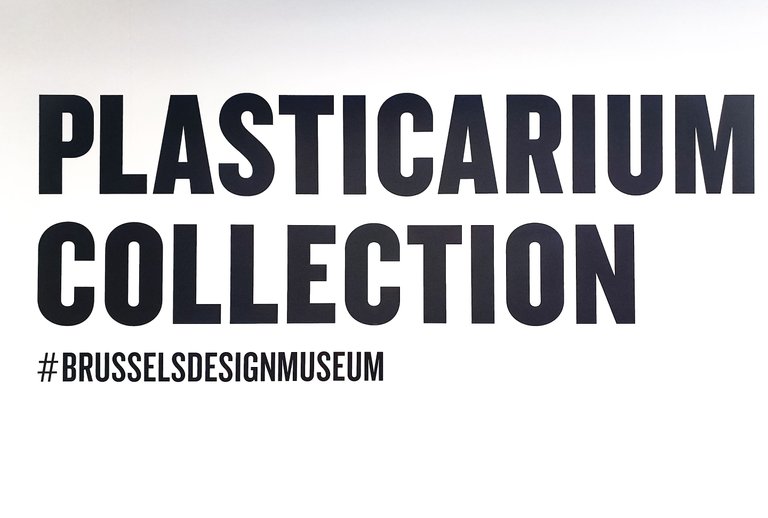
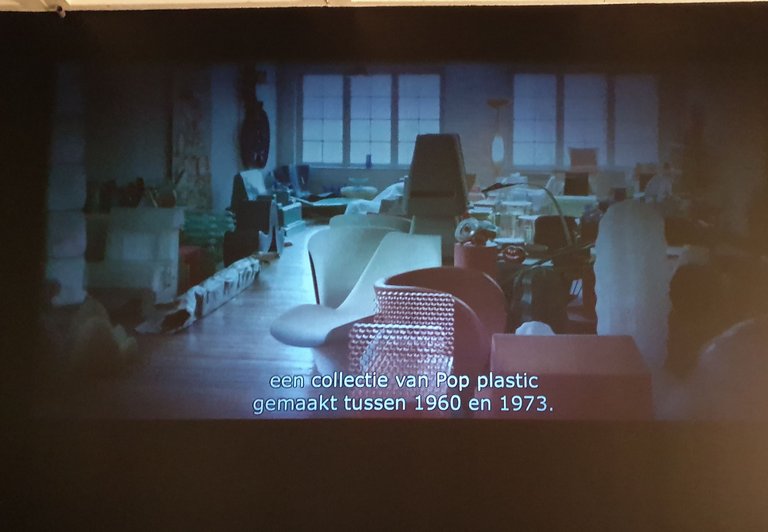
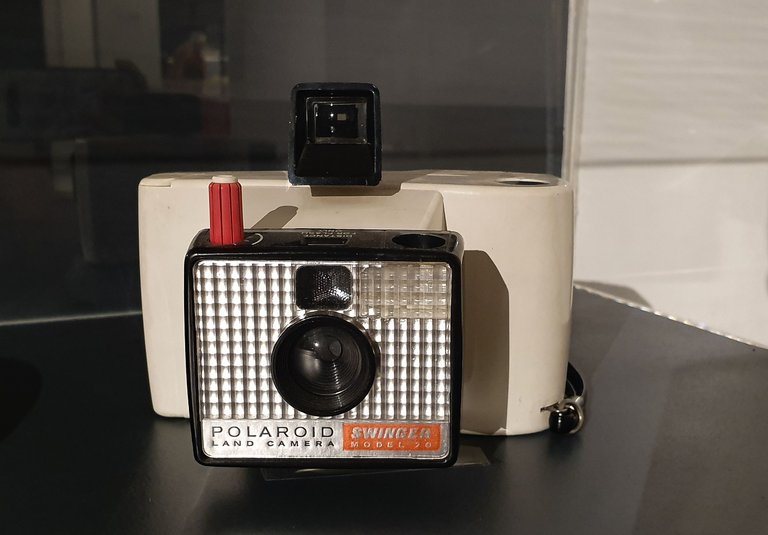
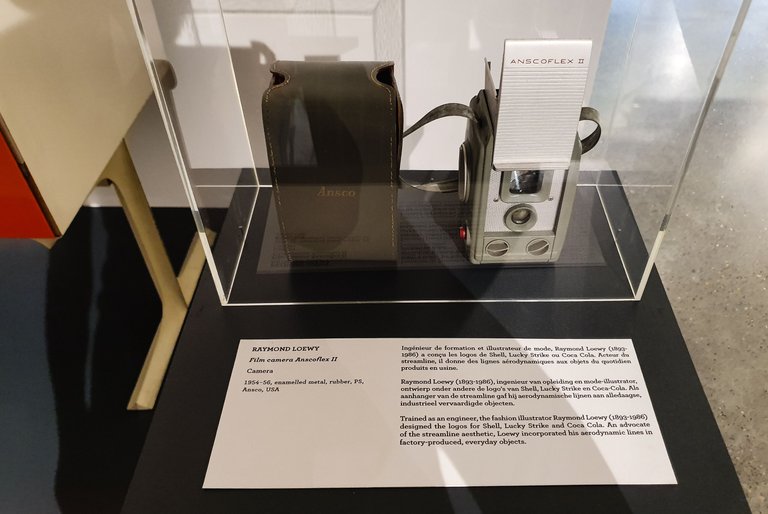
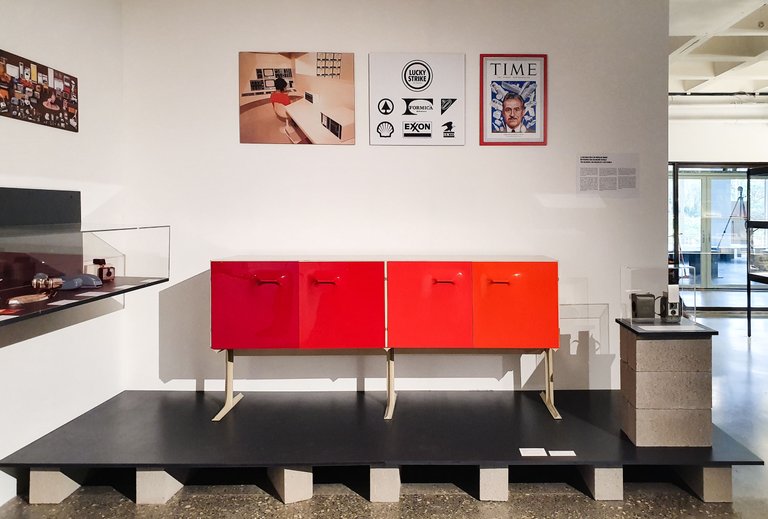
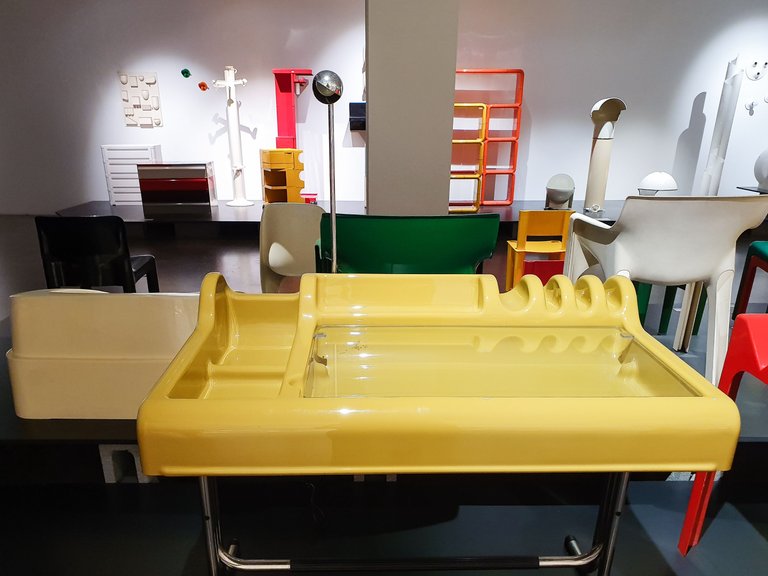
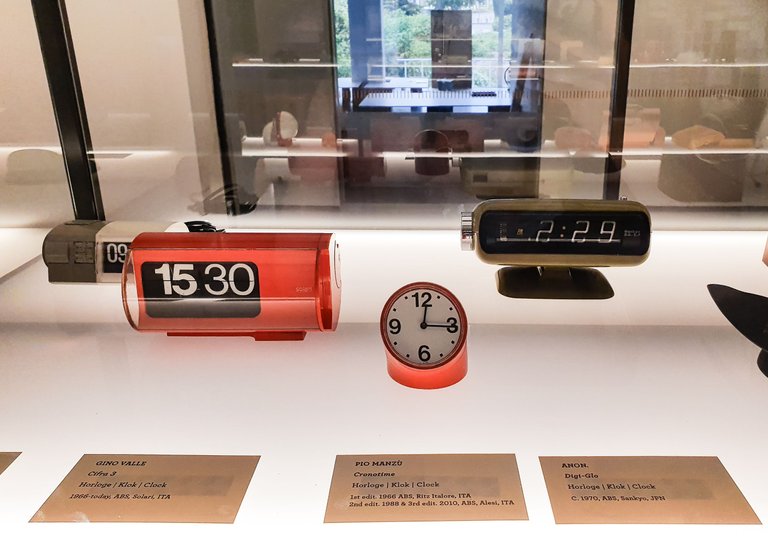
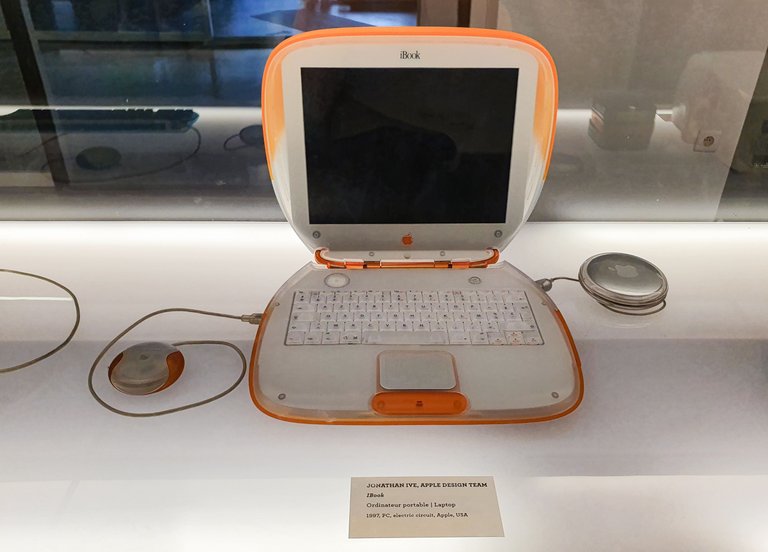
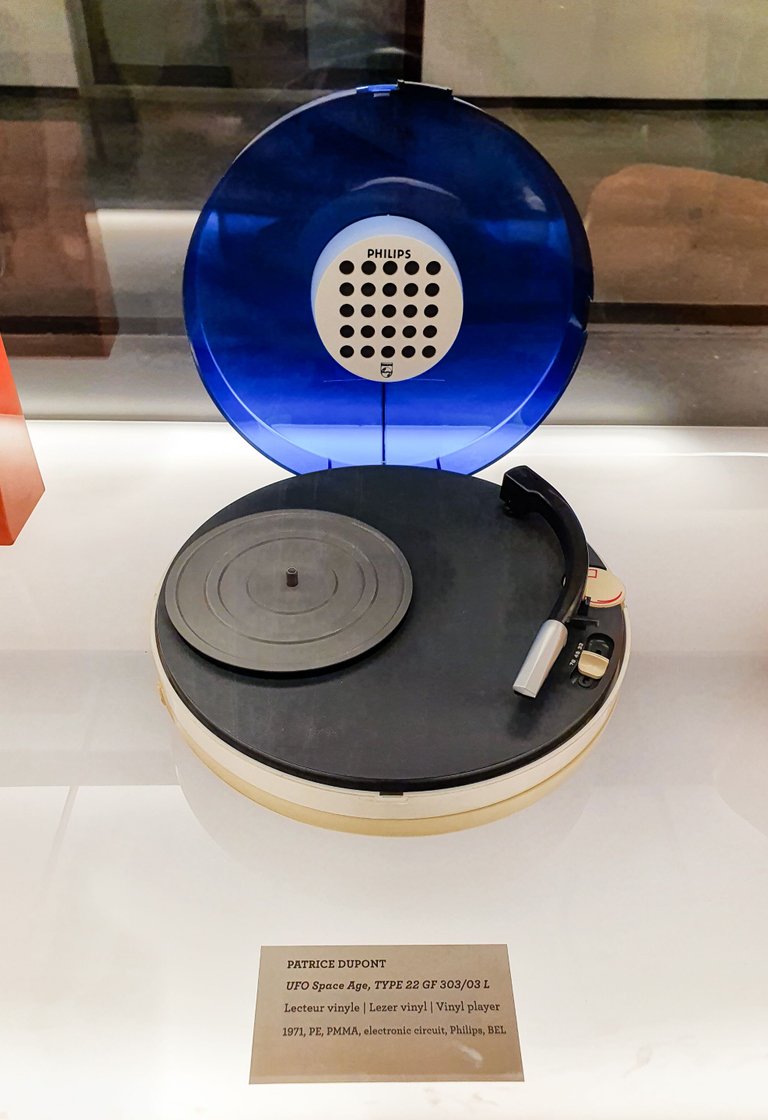
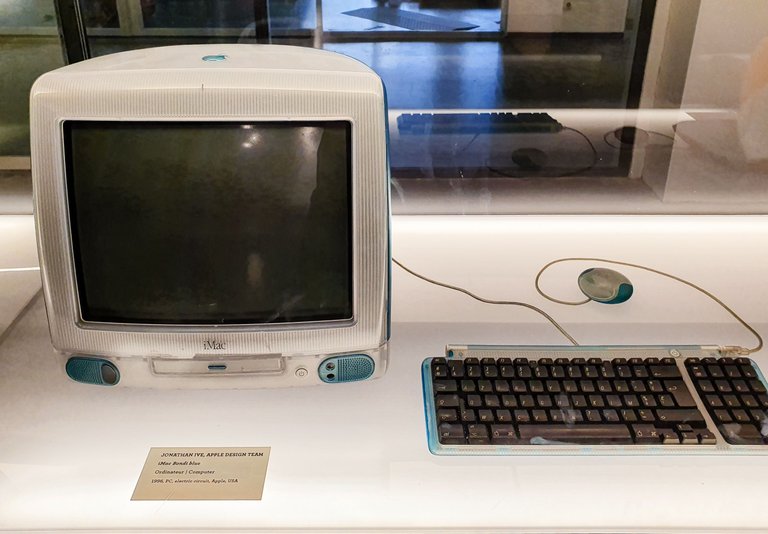
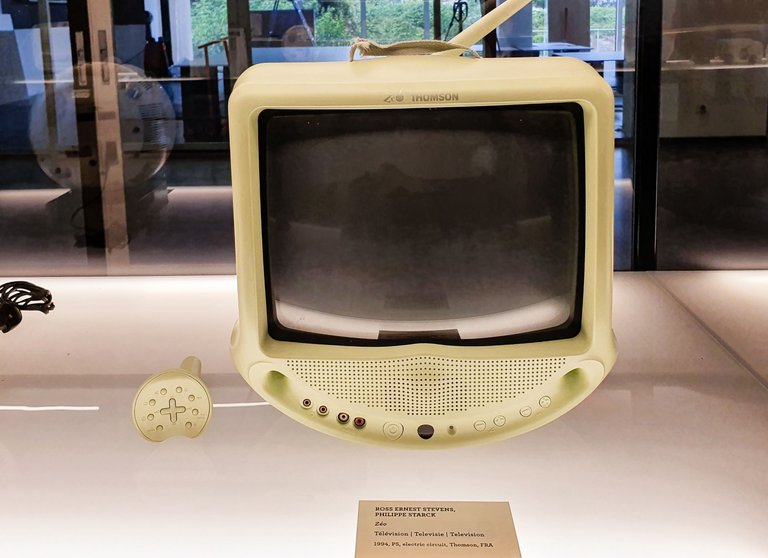
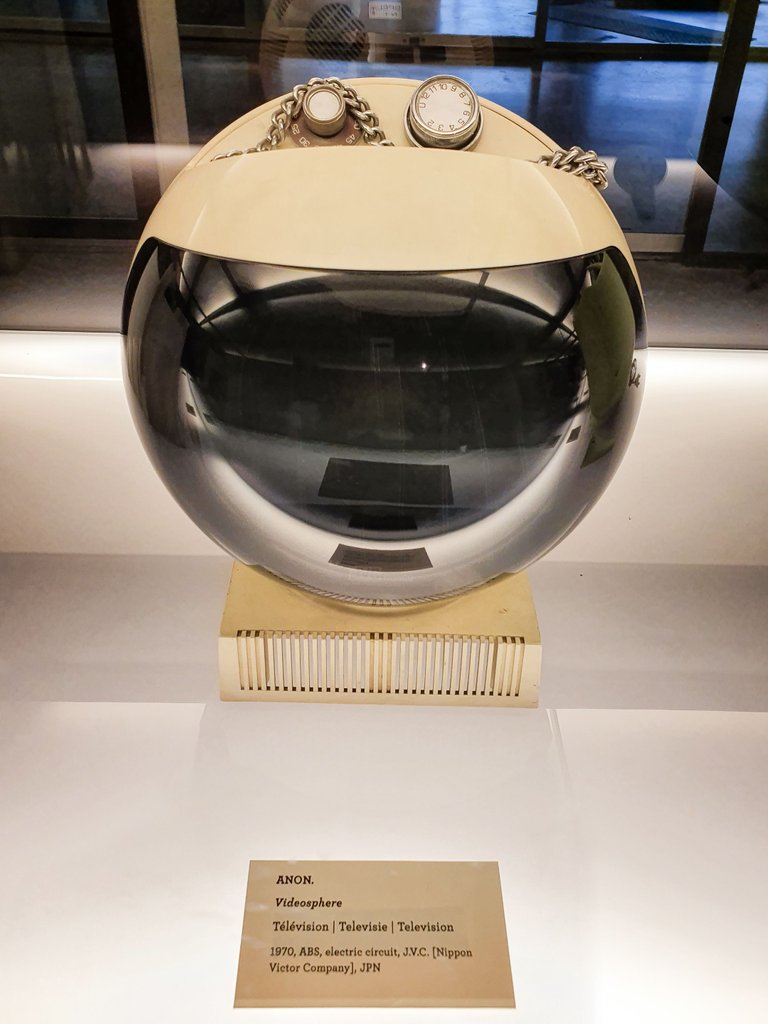
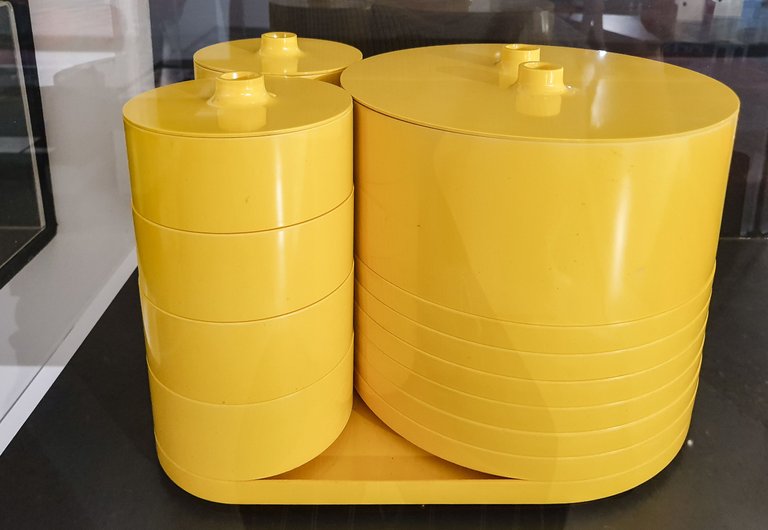
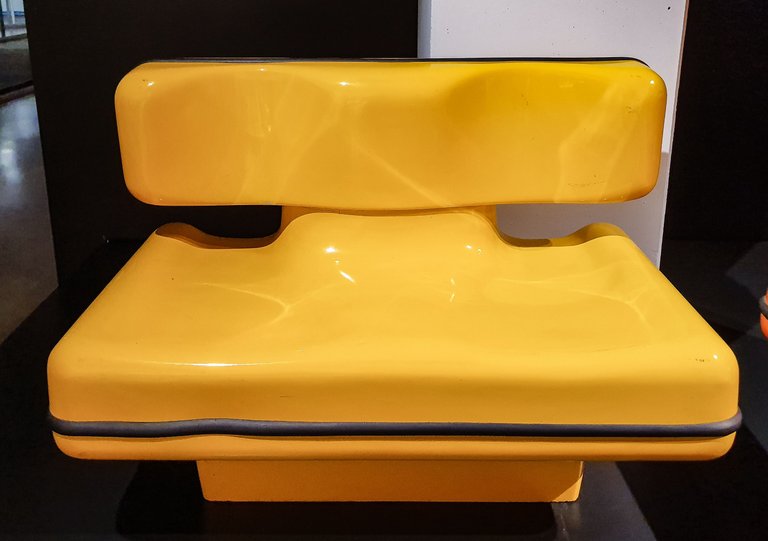
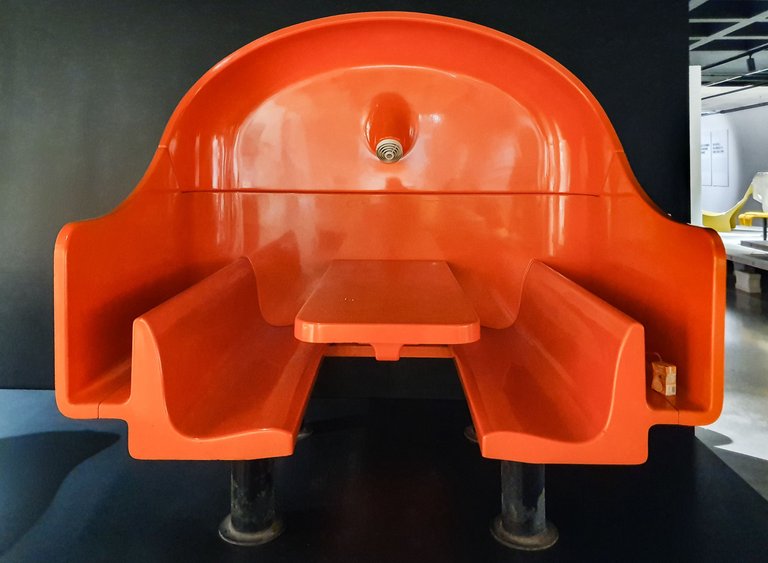
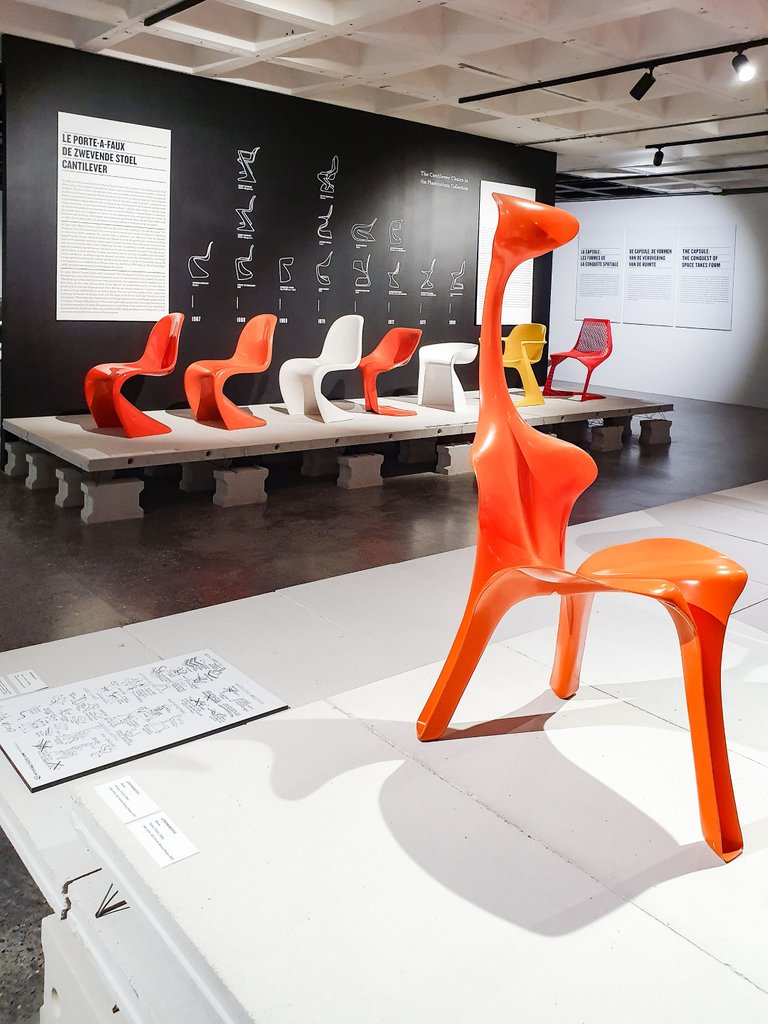
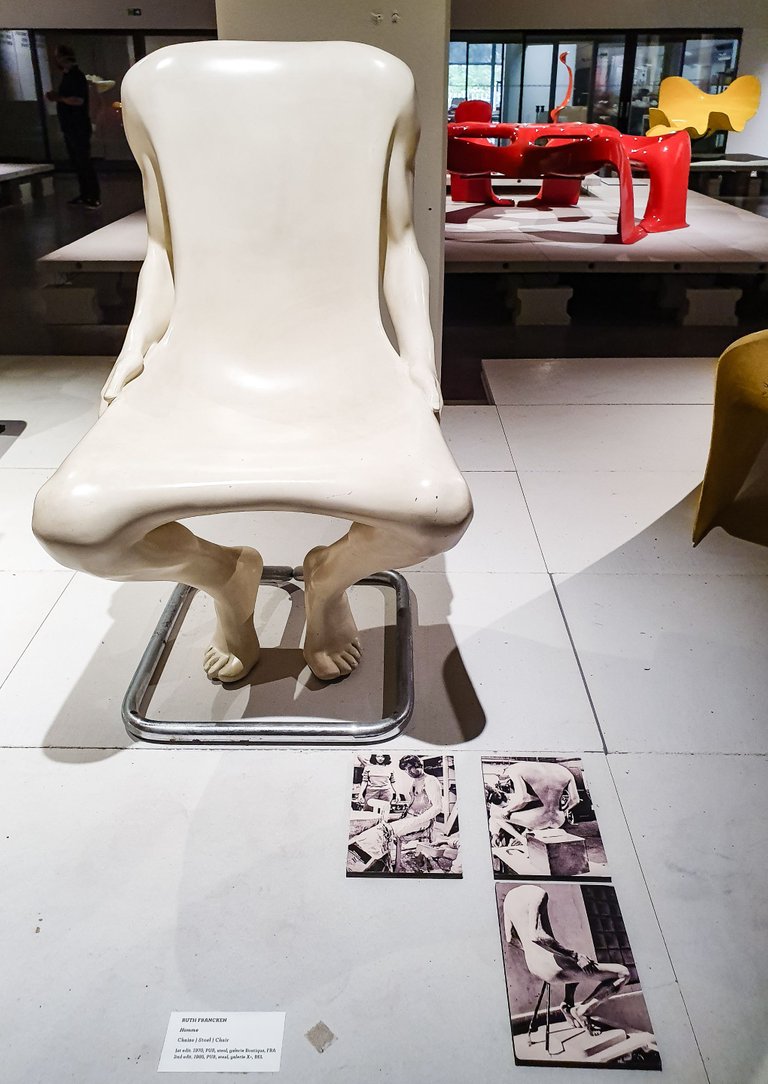

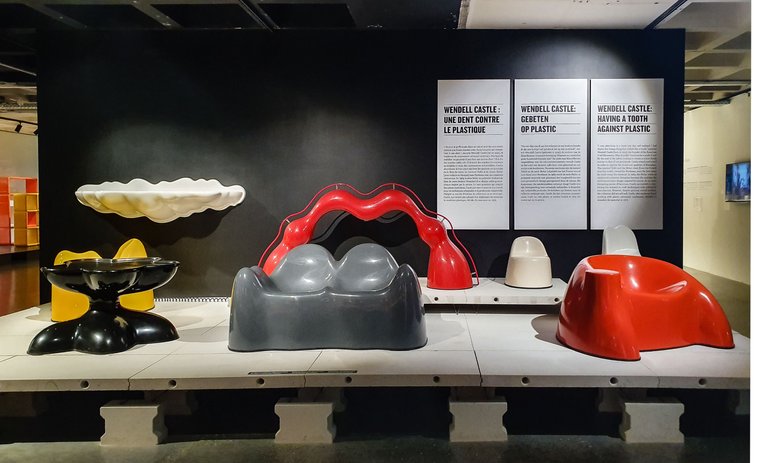
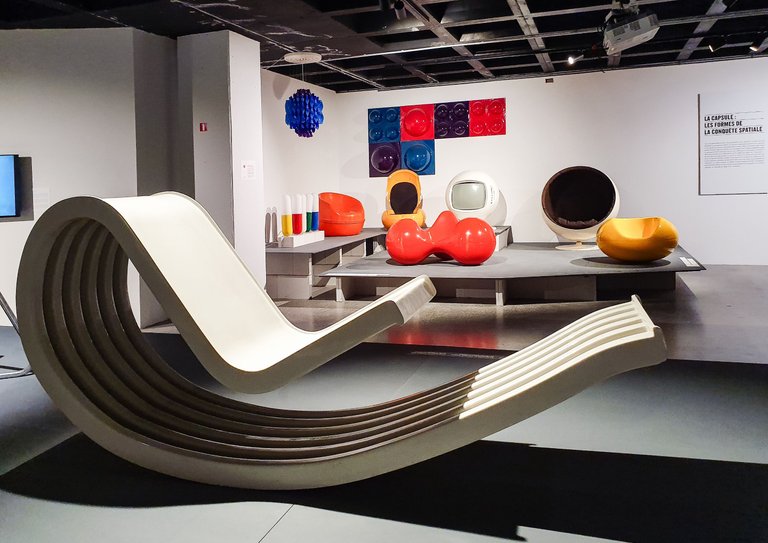
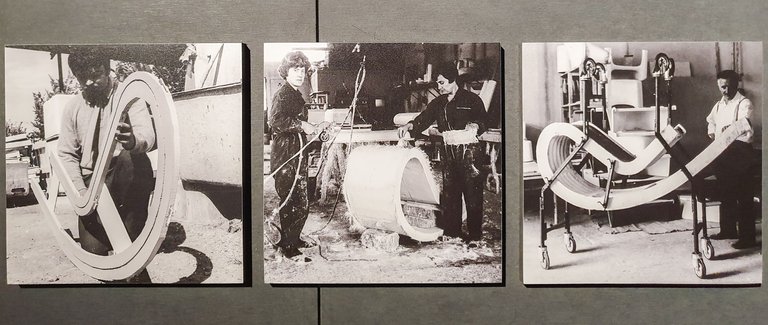
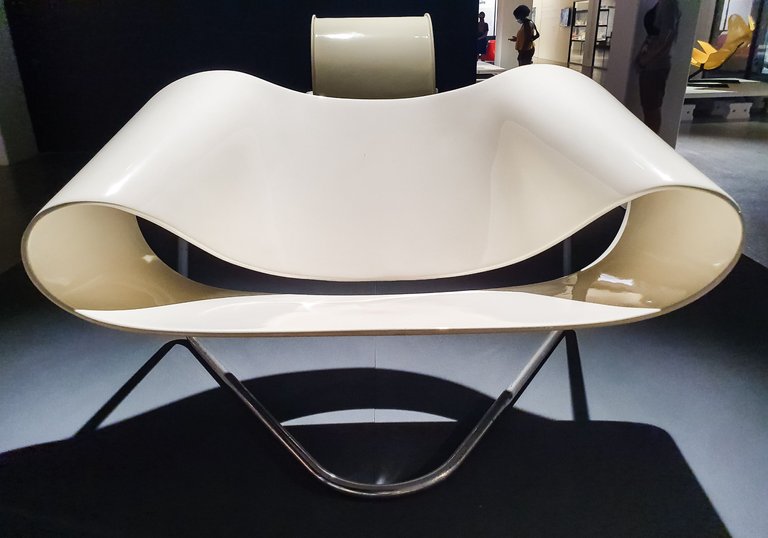
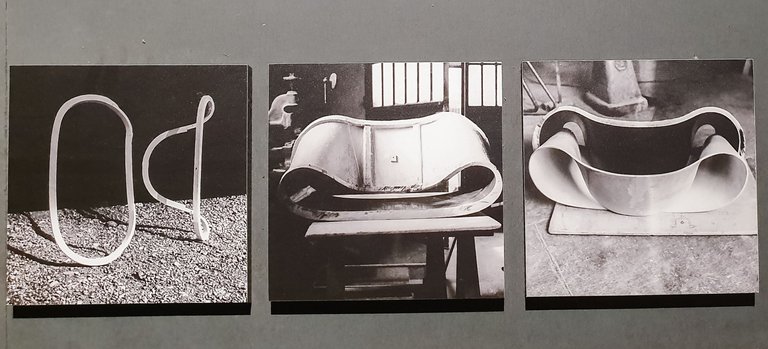
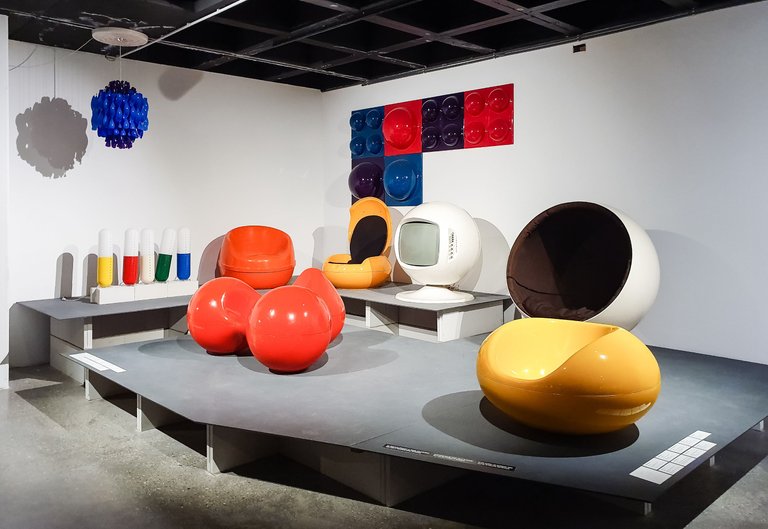
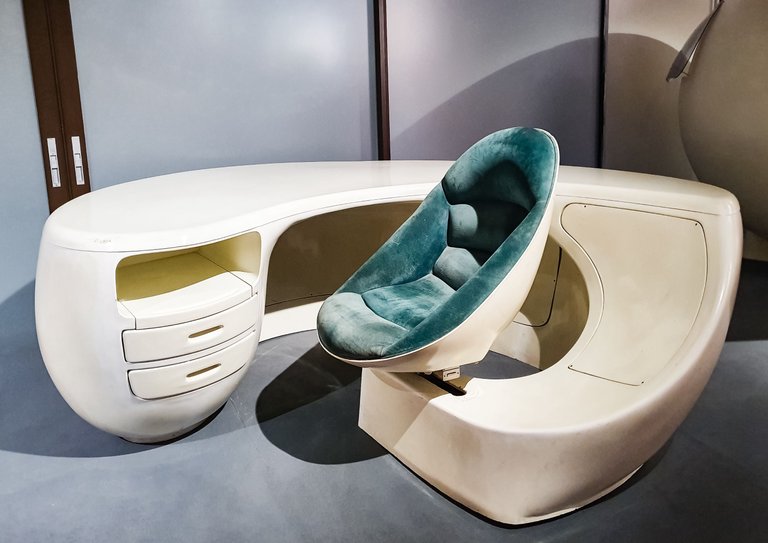
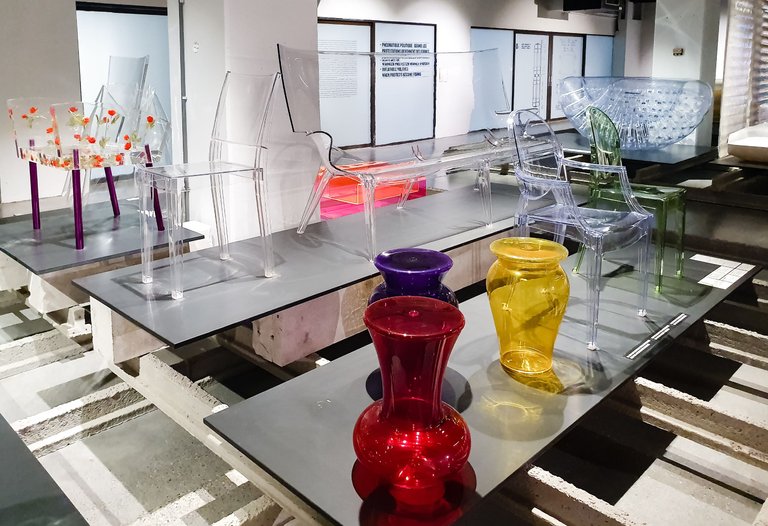
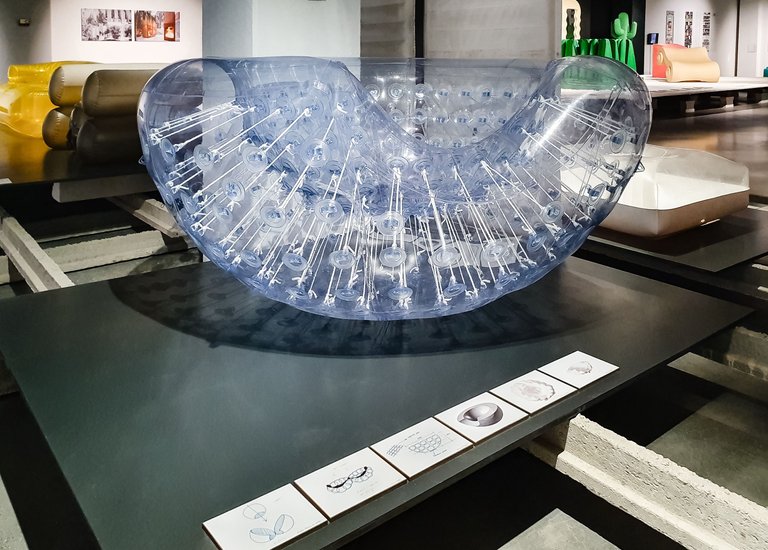
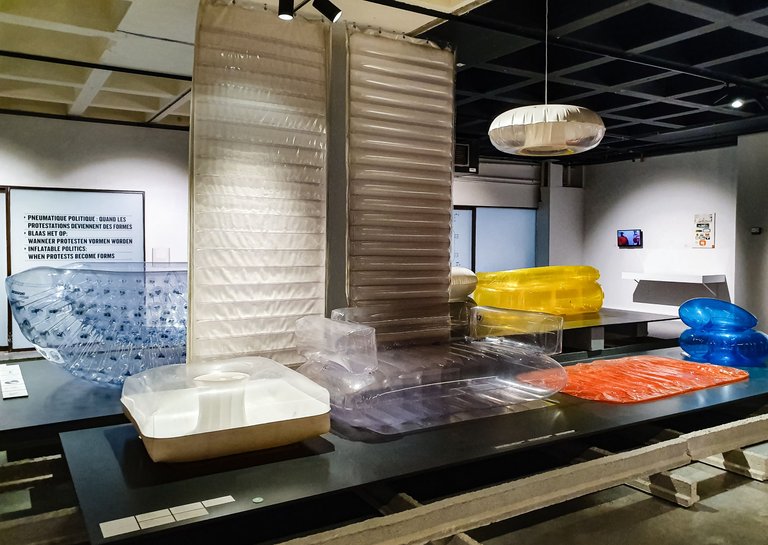
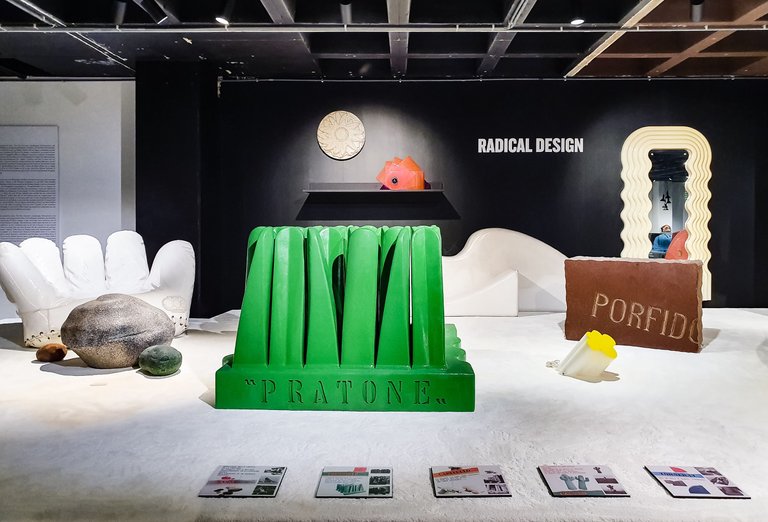
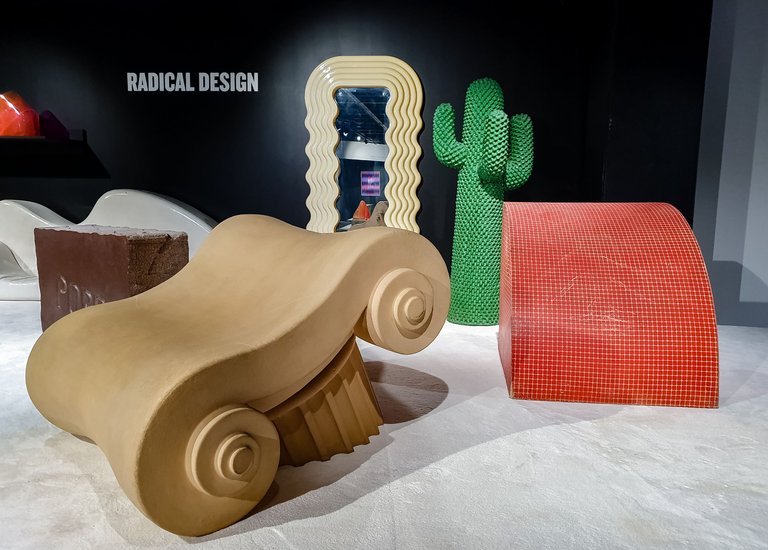
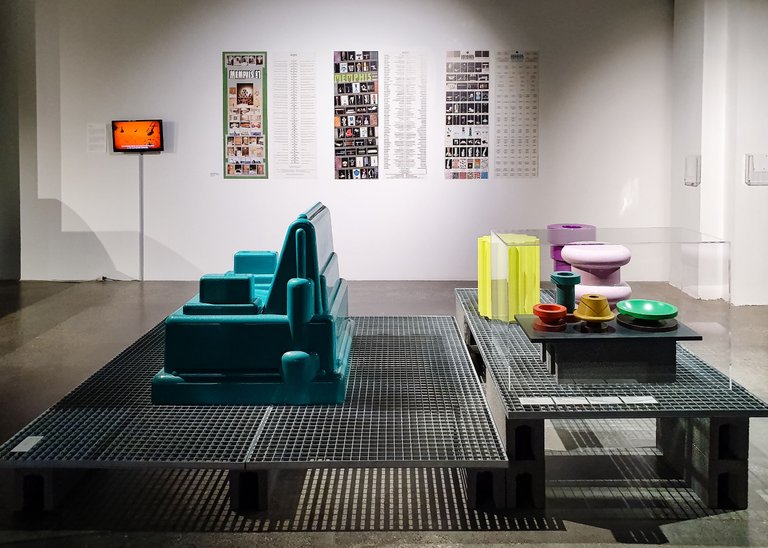
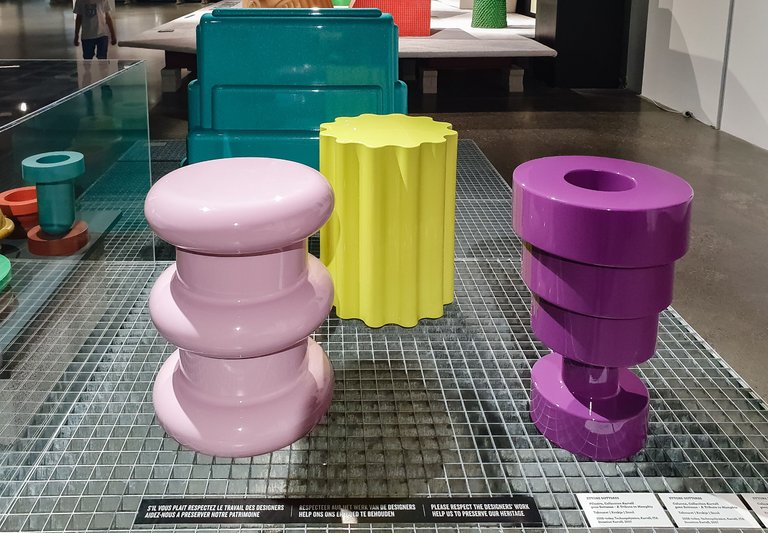
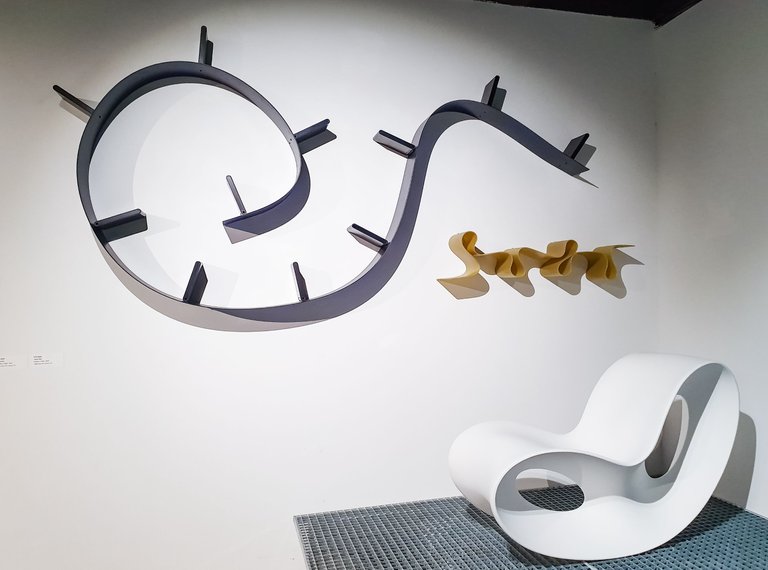
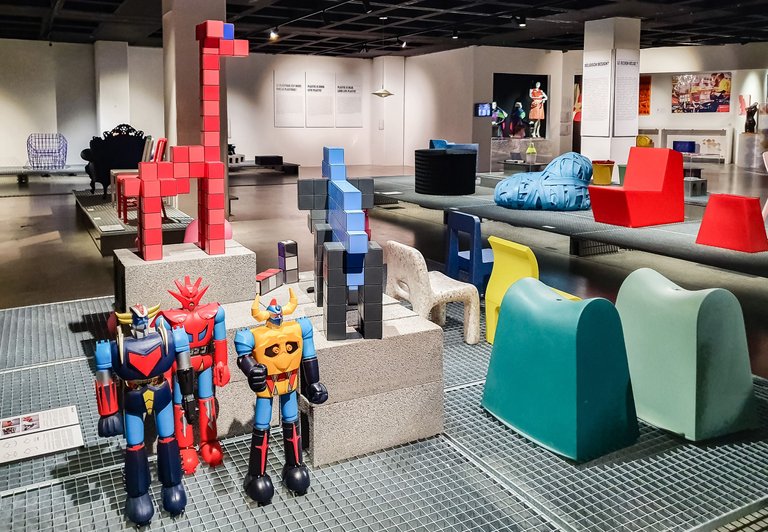
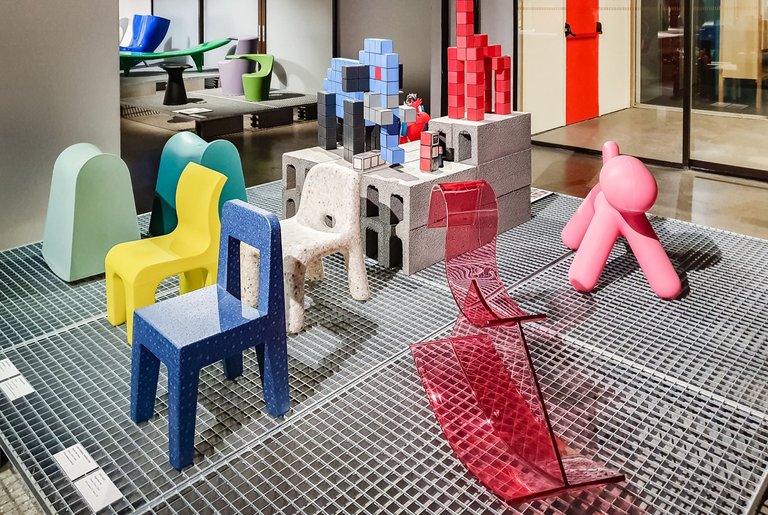
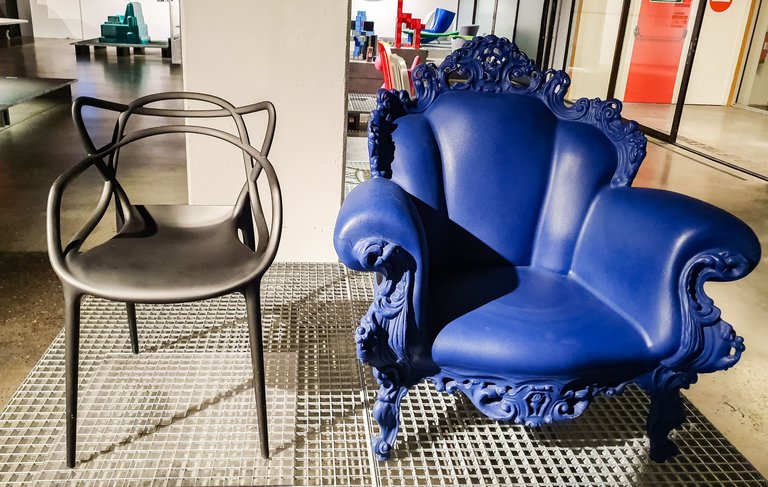
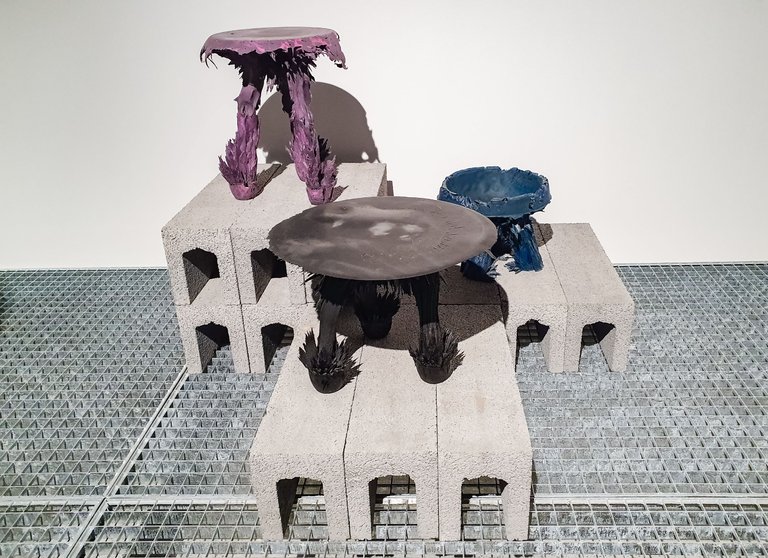
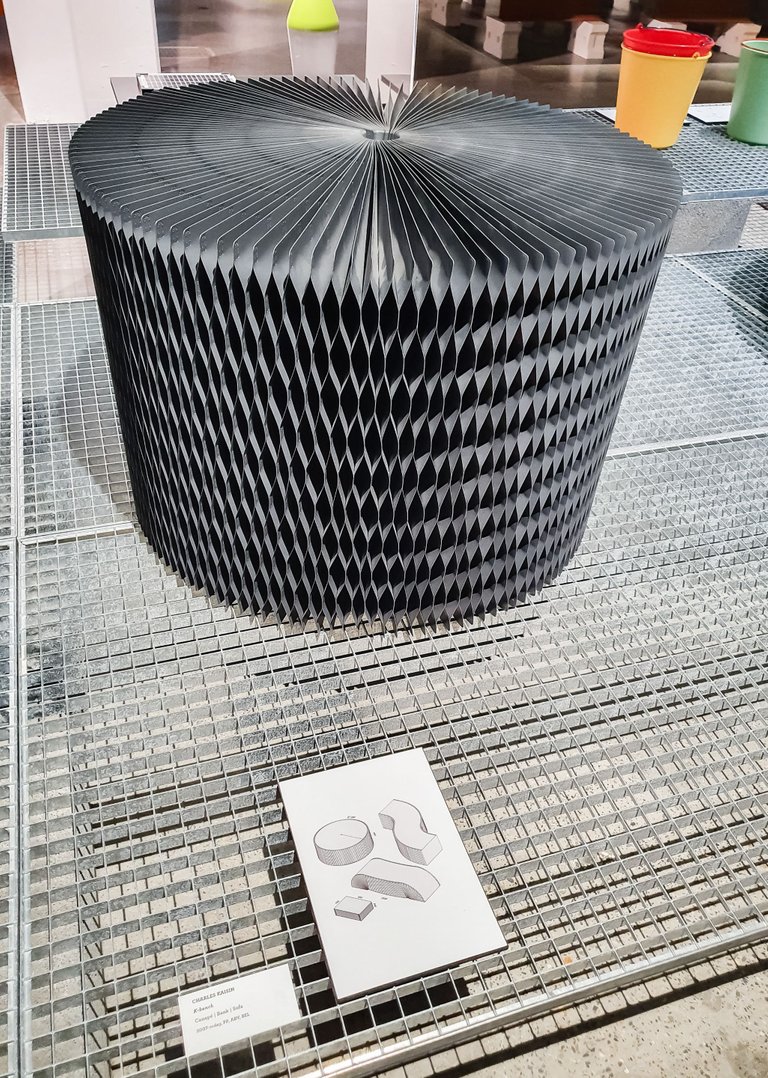
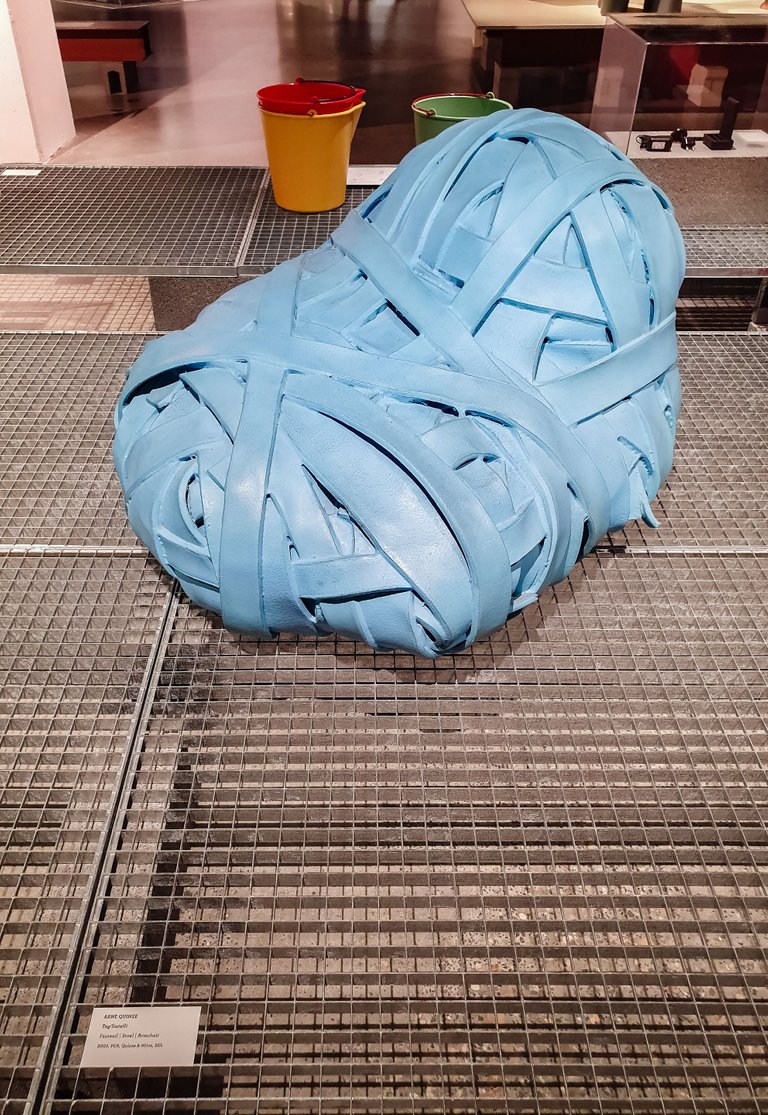
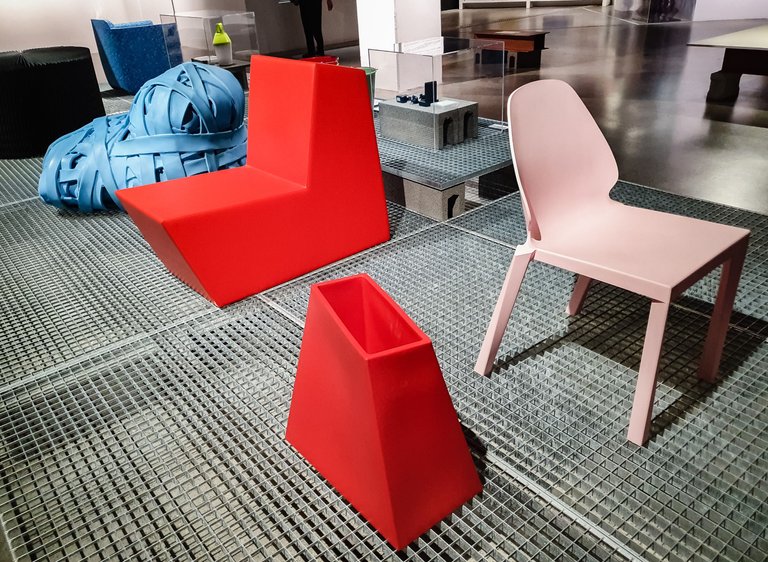
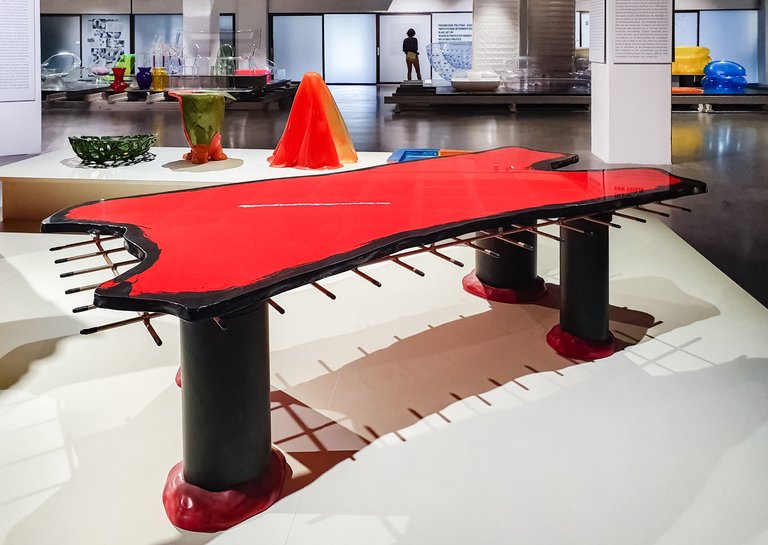
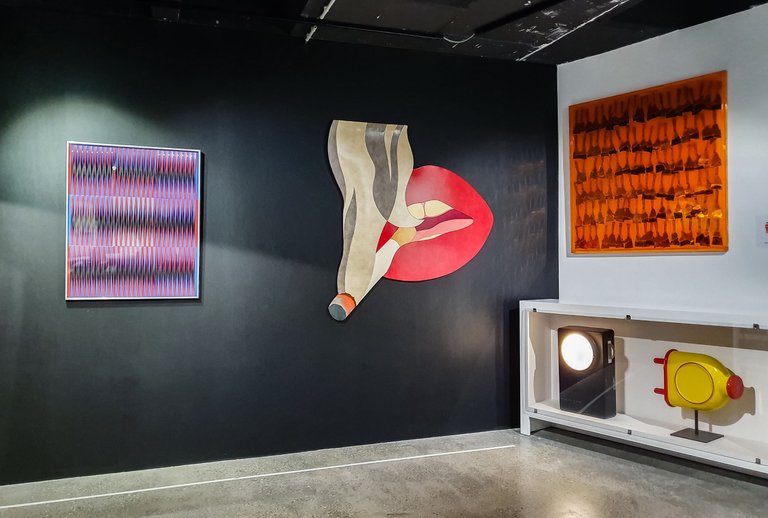
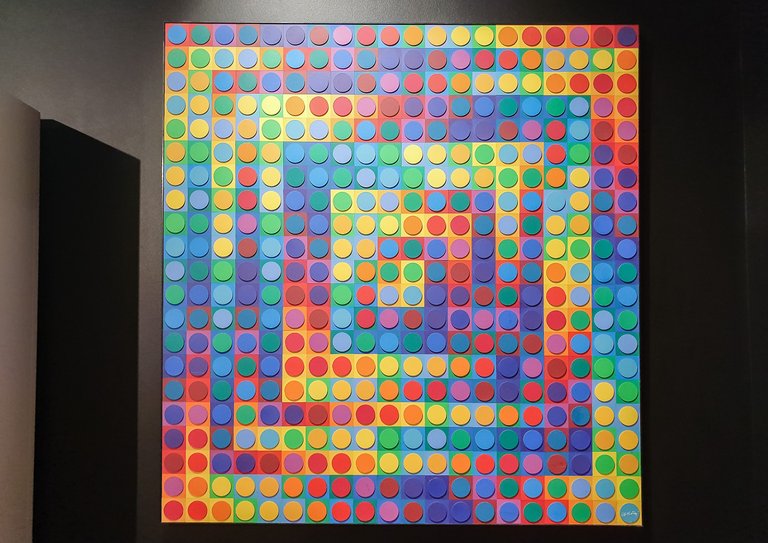
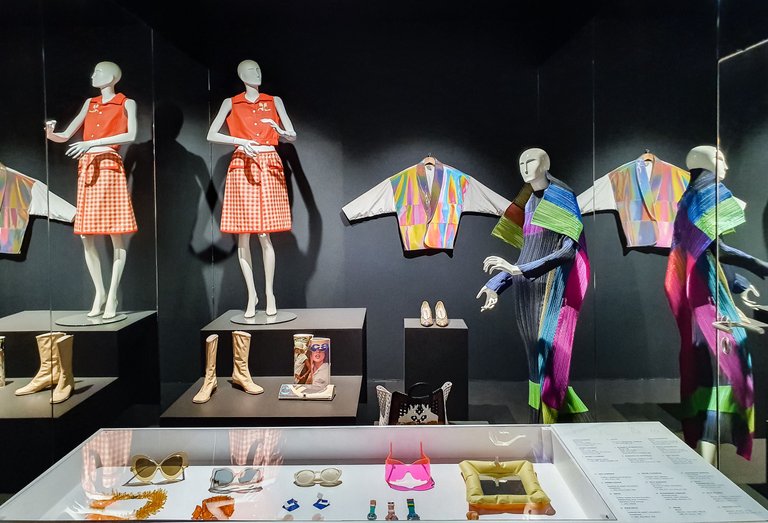

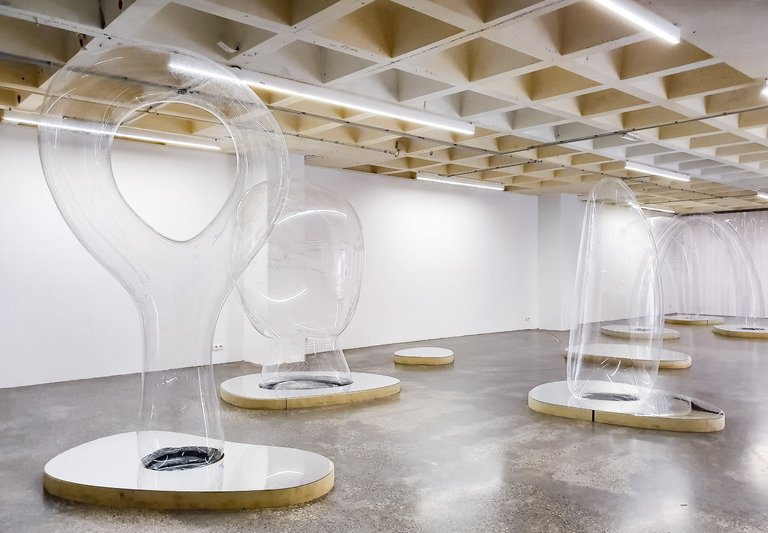
图文 by Donica,谢谢来访!=)

For the best experience view this post on Liketu
Your content has been voted as a part of Encouragement program. Keep up the good work!
Use Ecency daily to boost your growth on platform!
Support Ecency
Vote for new Proposal
Delegate HP and earn more
阿朵见多识广,令人羡慕啊!
贺老师过奖啦 只是对世界很好奇😃
We tend to forget how much plastic has been used into industries now shunned, not forgotten since still being used in many homes to this day.
Excellent share on the museum pieces artfully made to sell a cheap product at a high mark up price!
@tipu curate
Upvoted 👌 (Mana: 45/55) Liquid rewards.
That's a good point I forgot to mention in the post. And thank you for the tip!
Classy design they know how to charge !LOLZ
lolztoken.com
He wanted to see if time flys while having fun.
Credit: reddit
@itchyfeetdonica, I sent you an $LOLZ on behalf of @joanstewart
(2/6)
https://twitter.com/18214974/status/1649040357622009860
The rewards earned on this comment will go directly to the people( @joanstewart ) sharing the post on Twitter as long as they are registered with @poshtoken. Sign up at https://hiveposh.com.